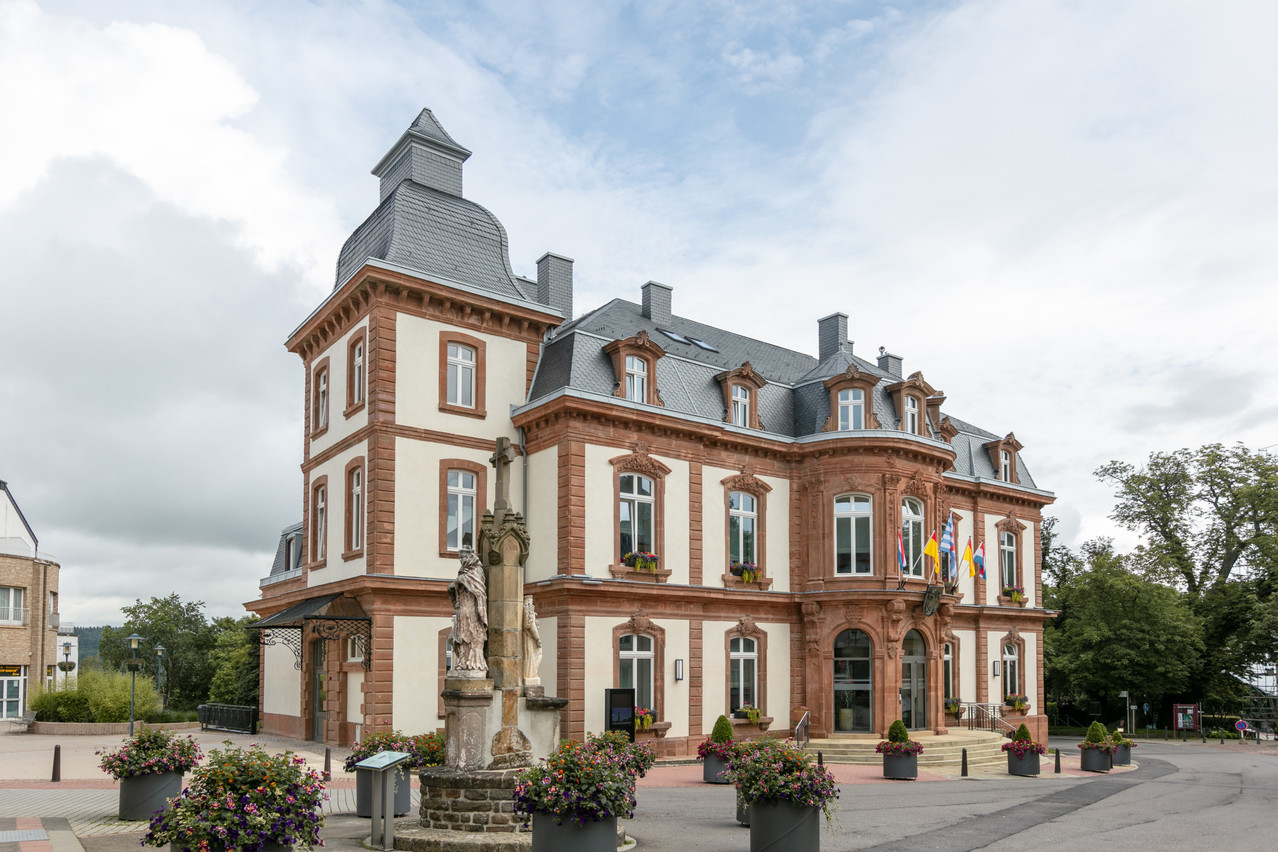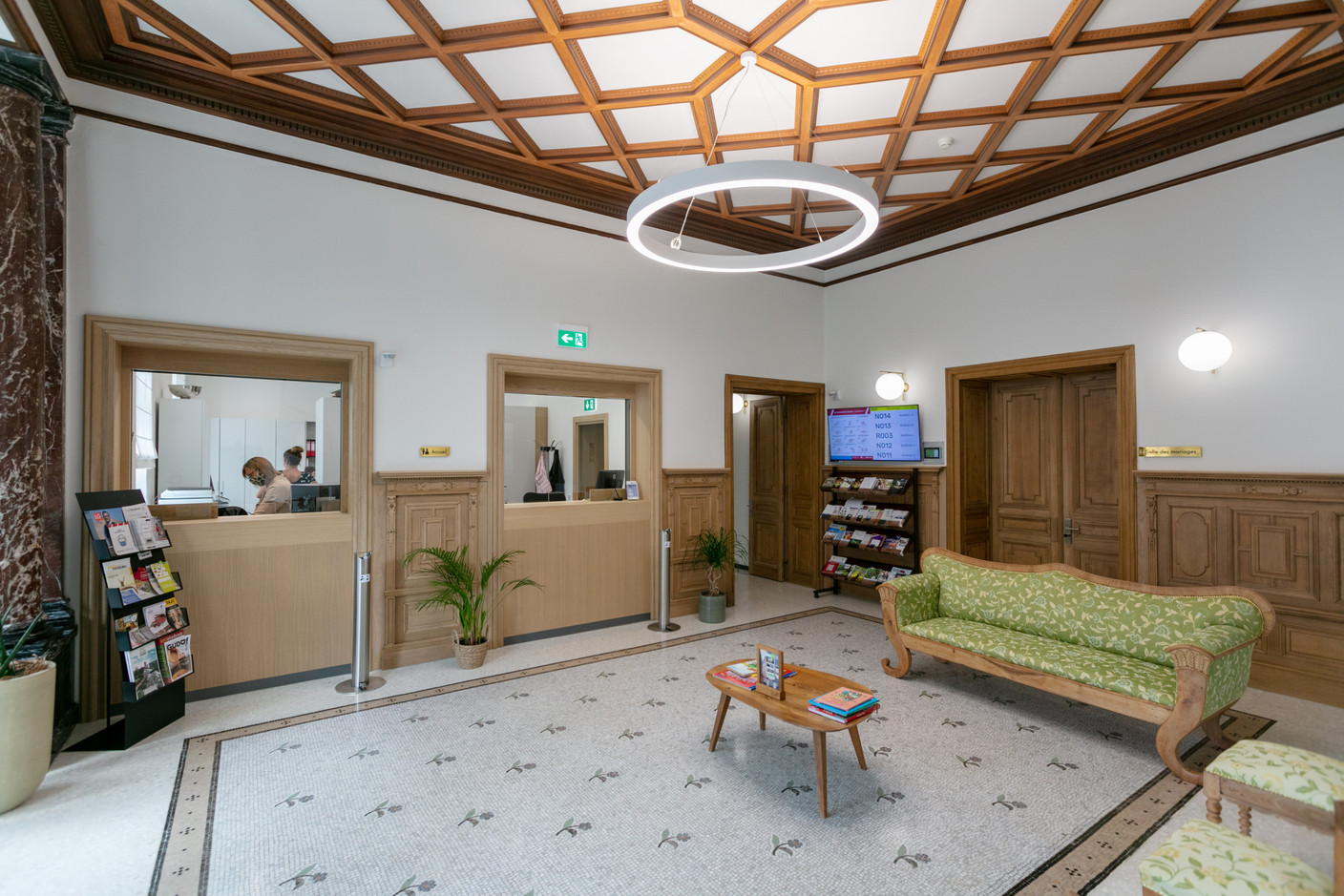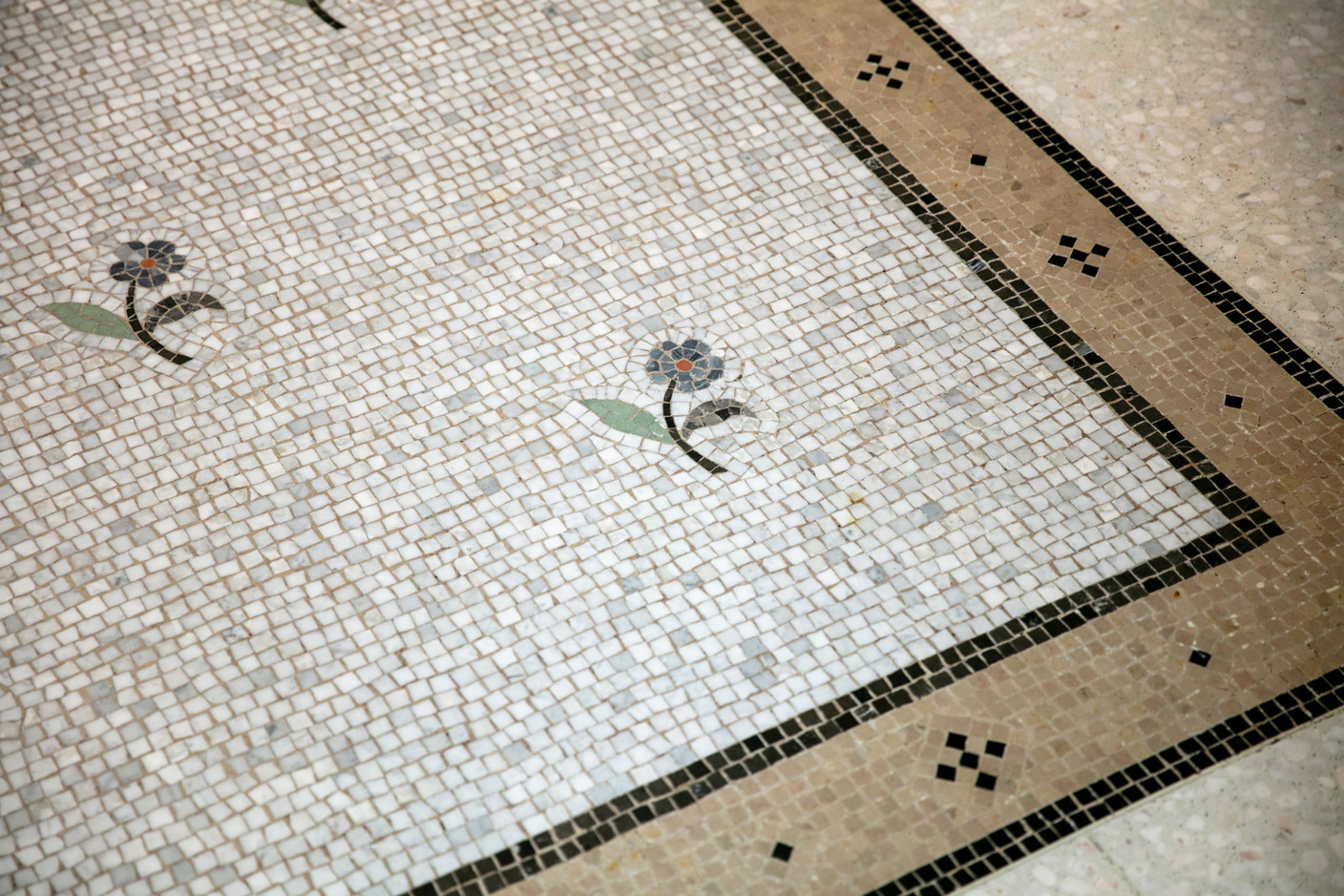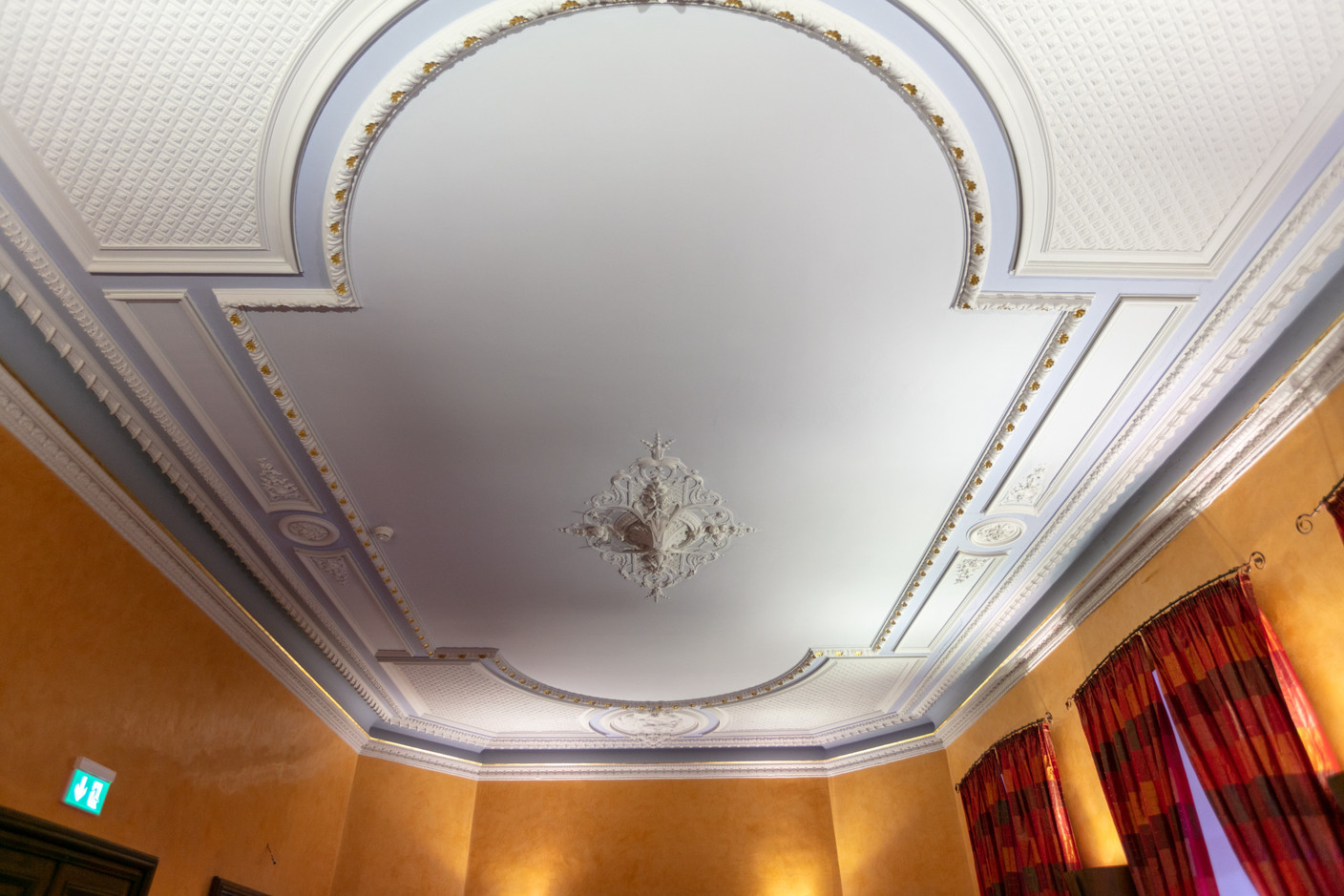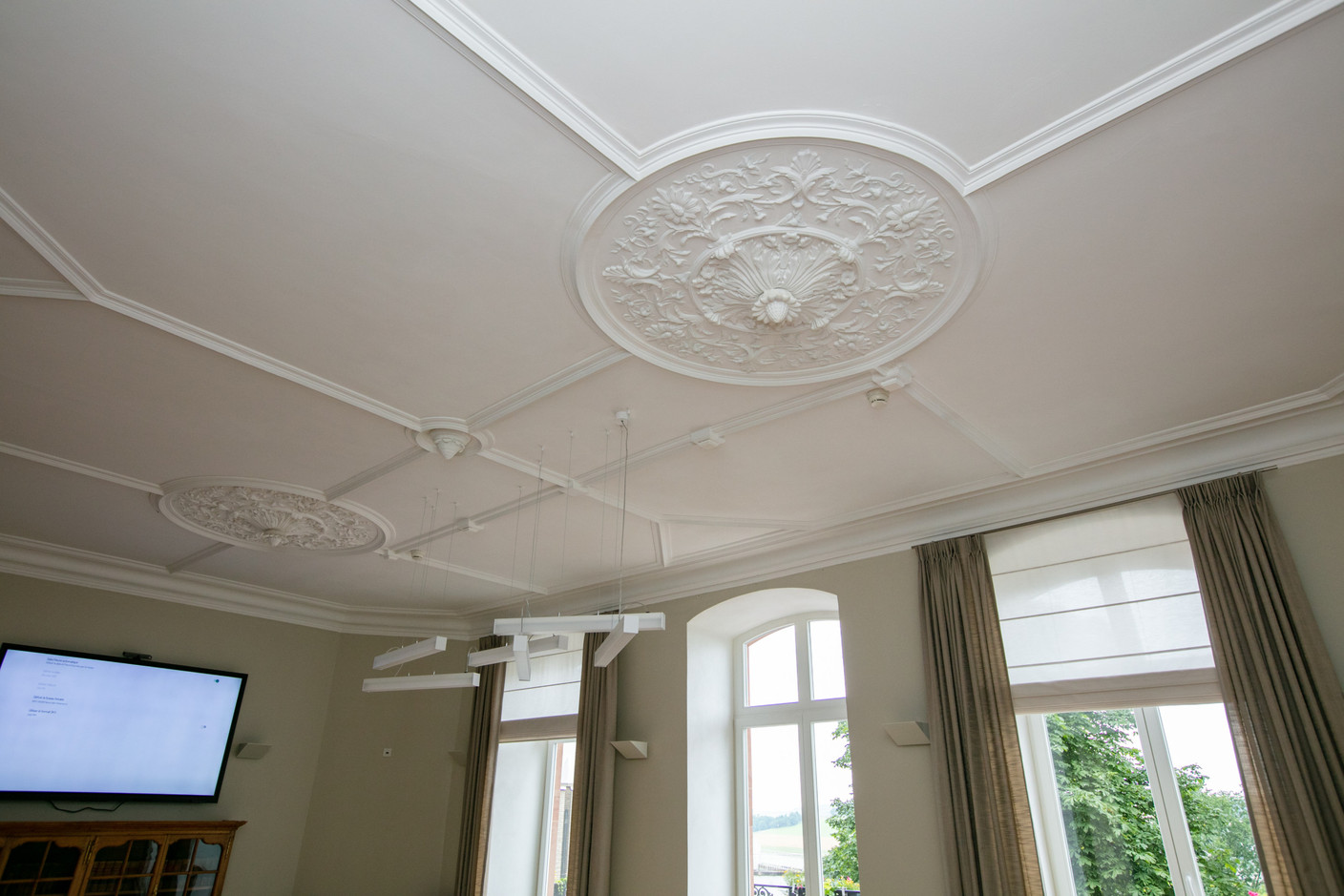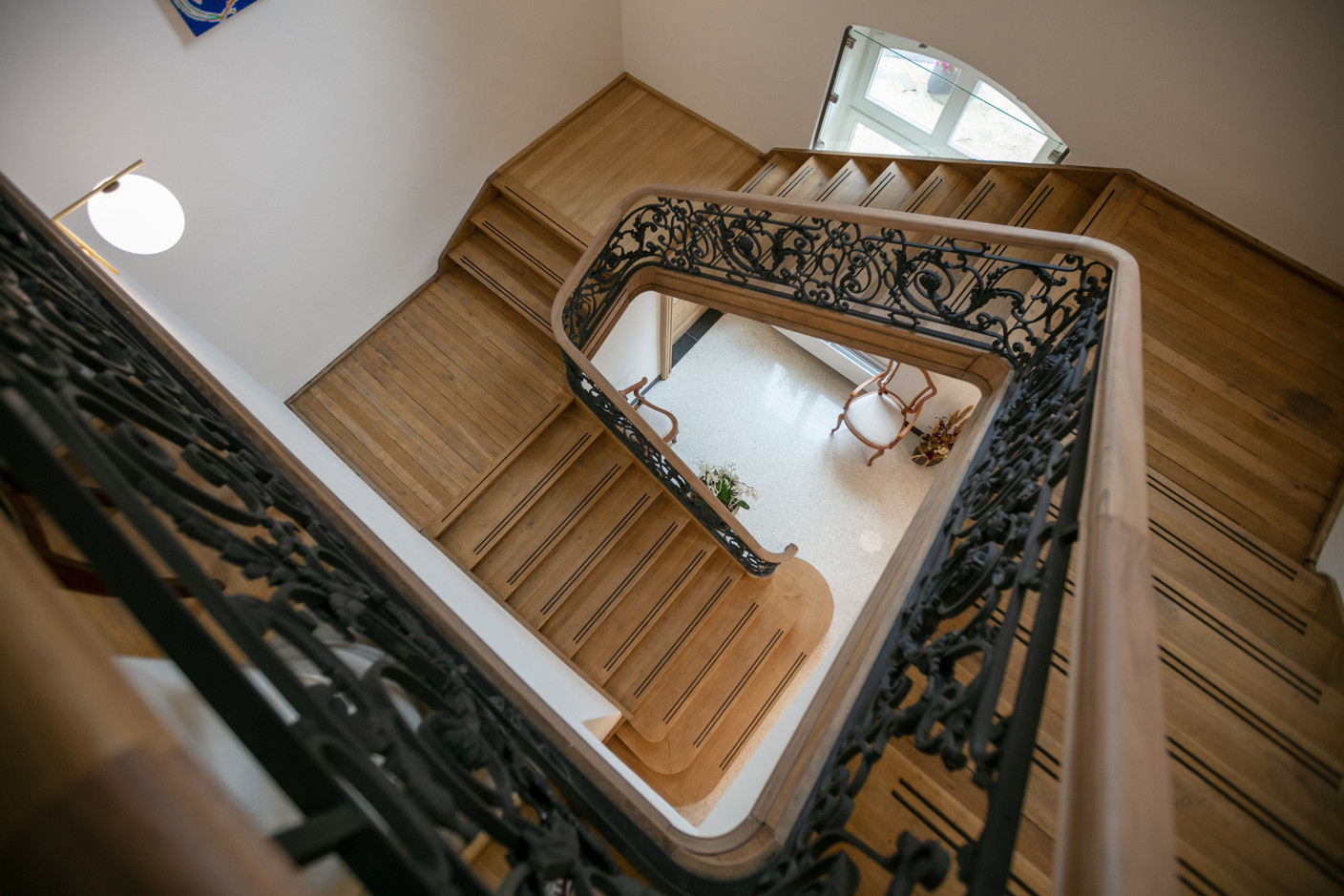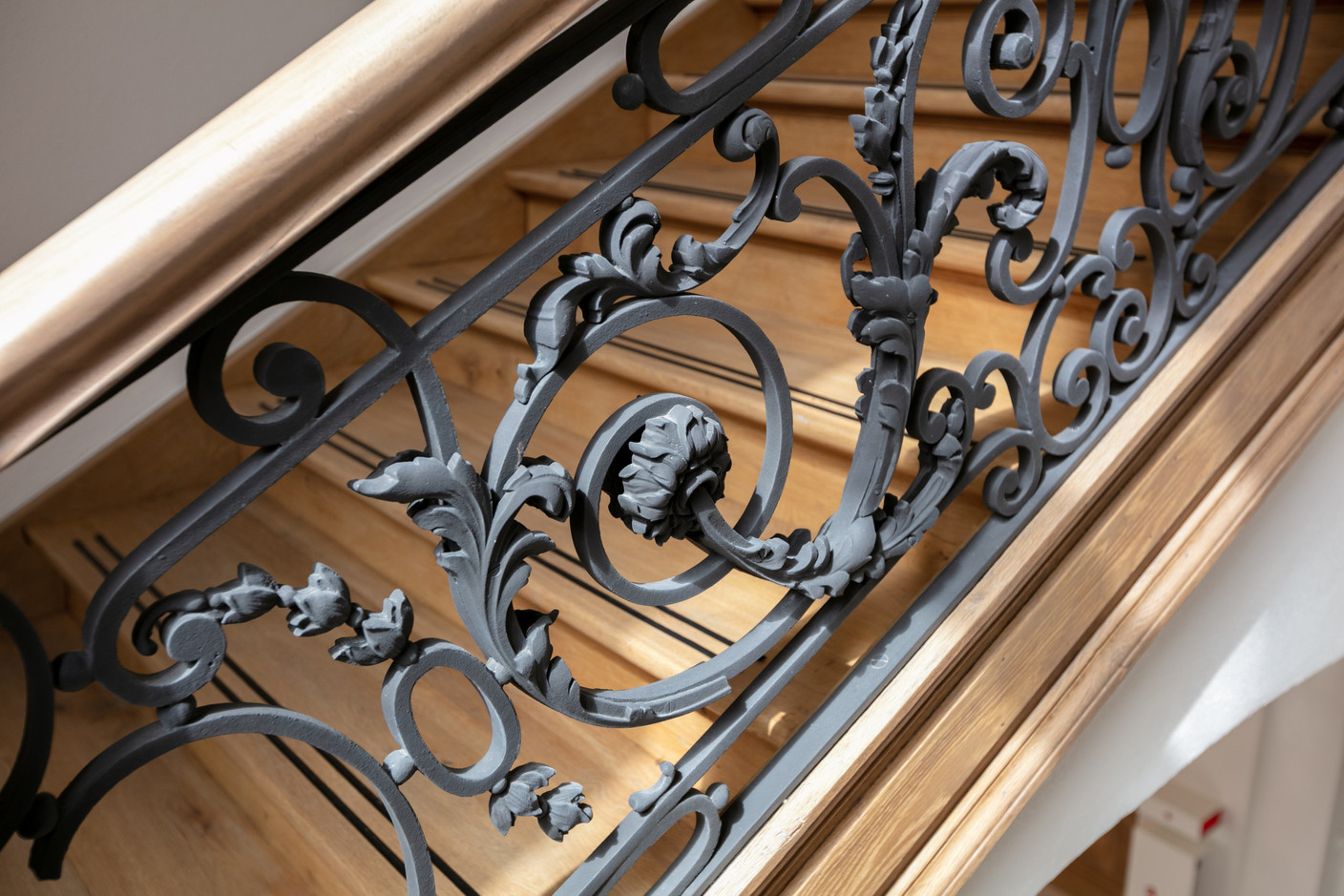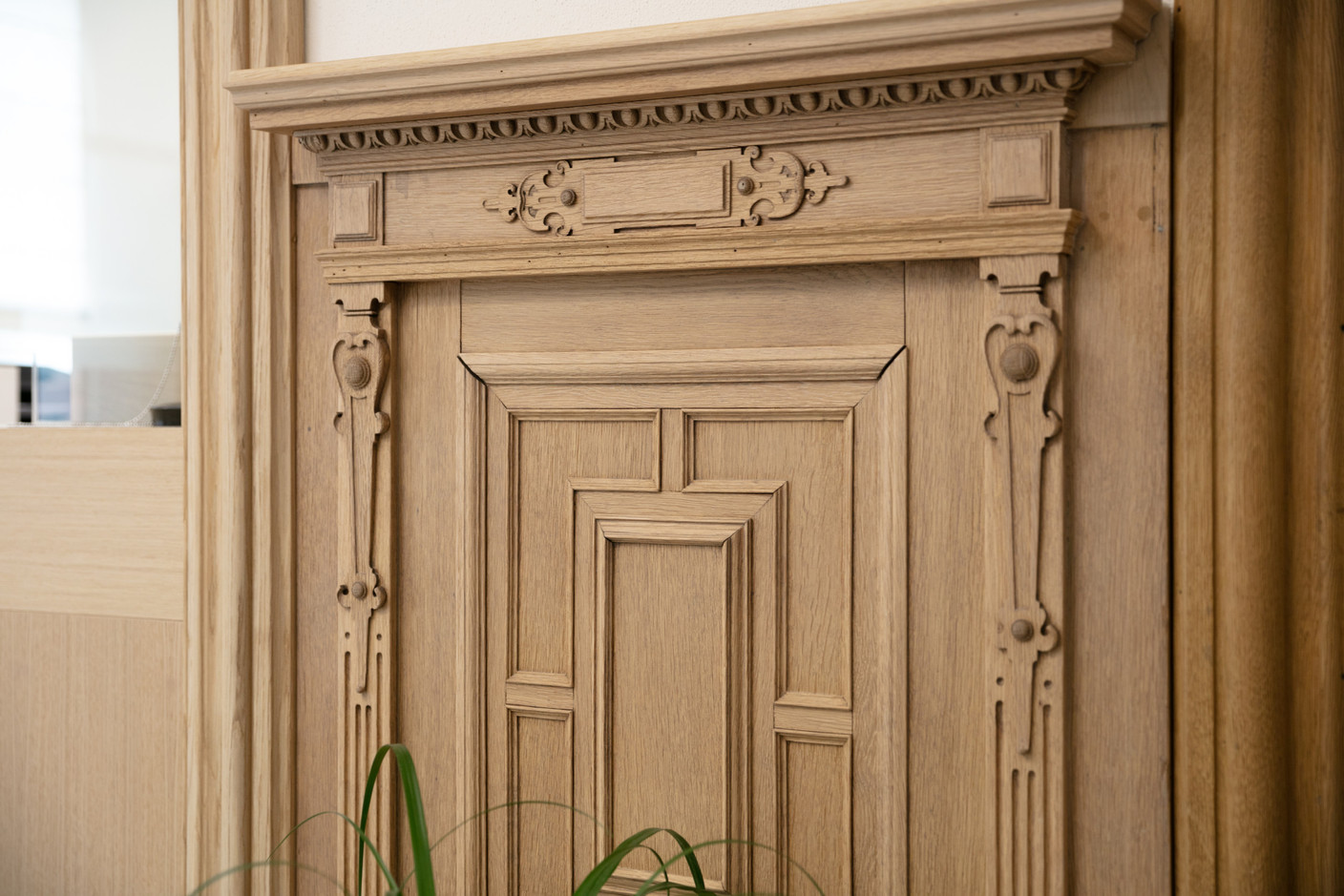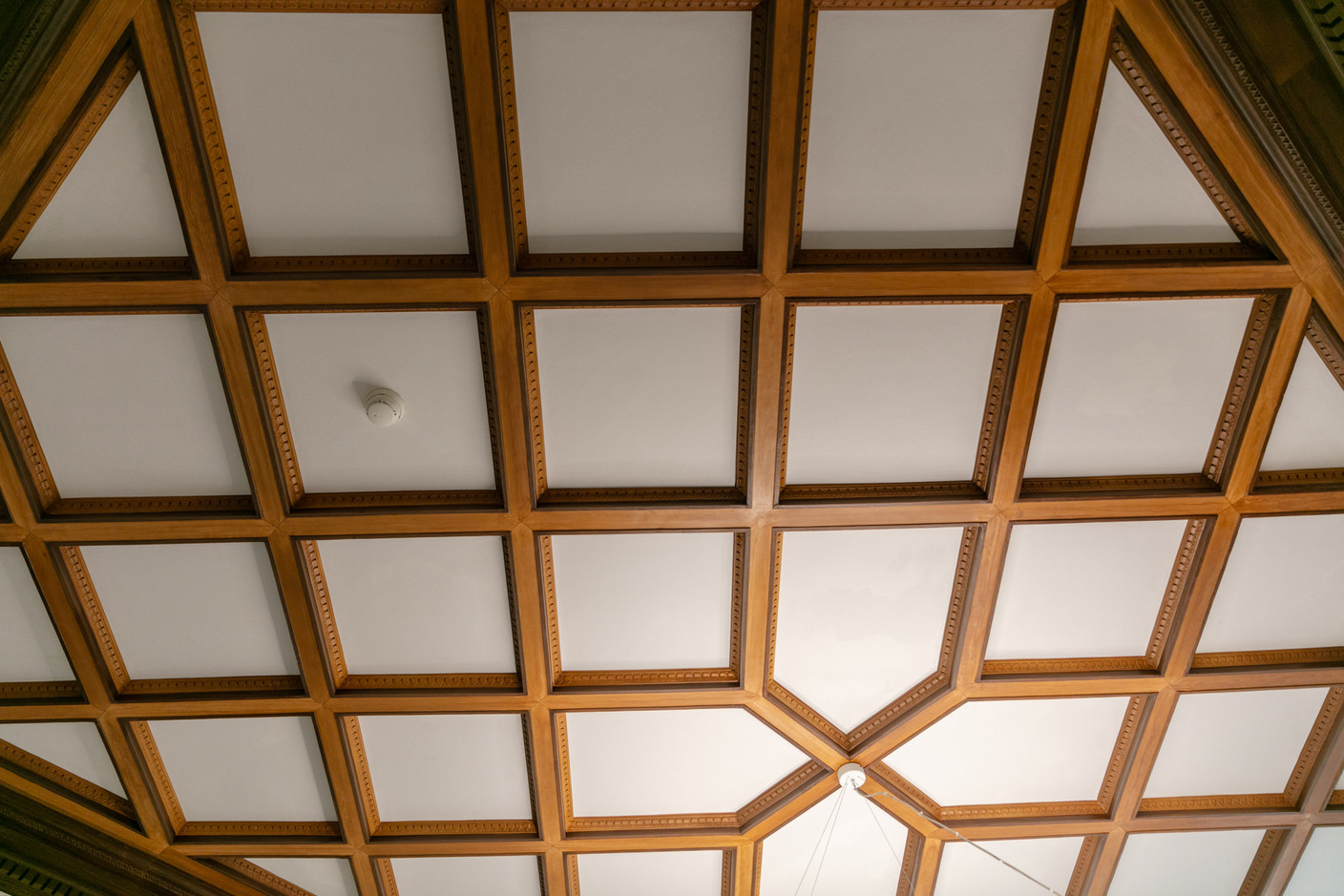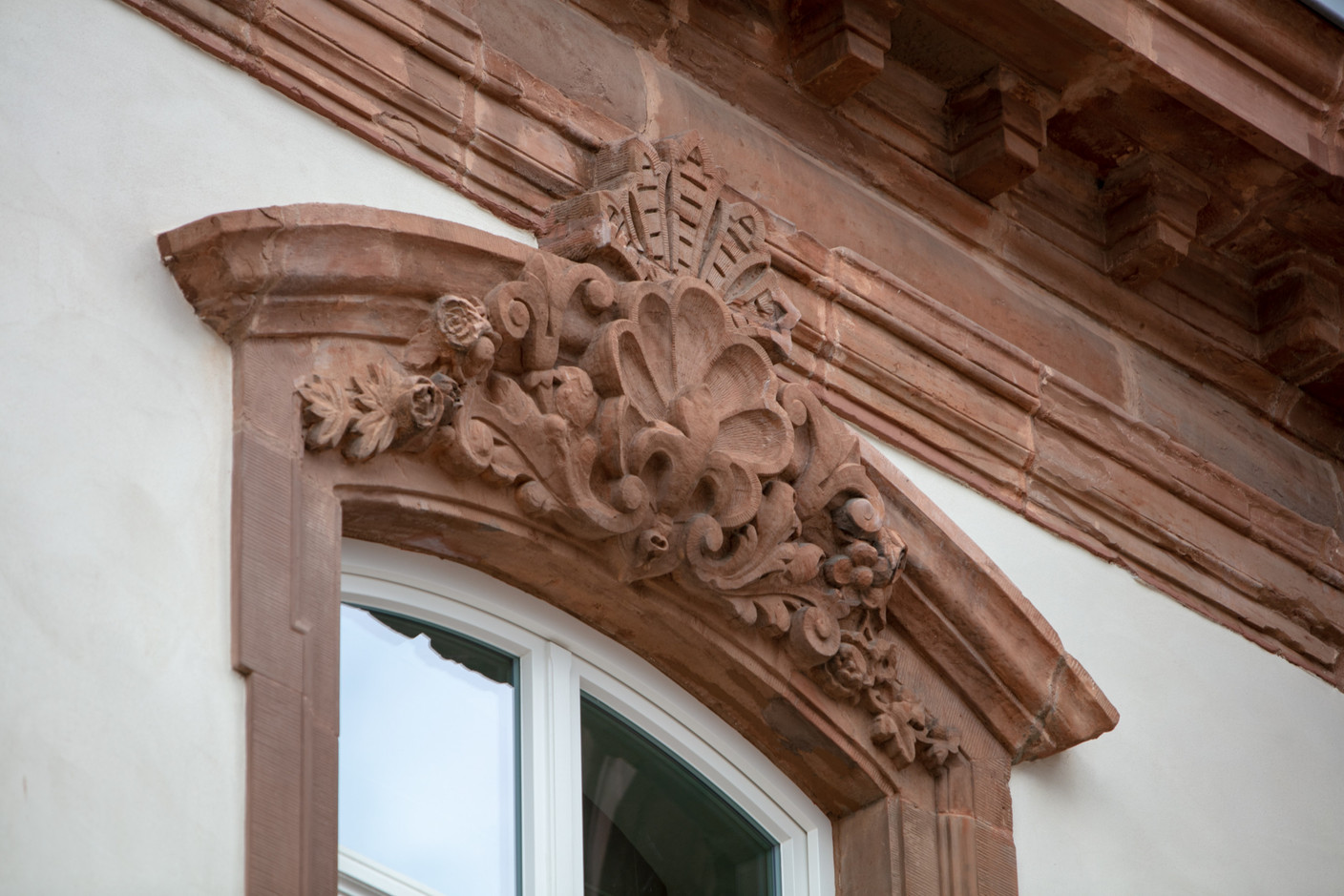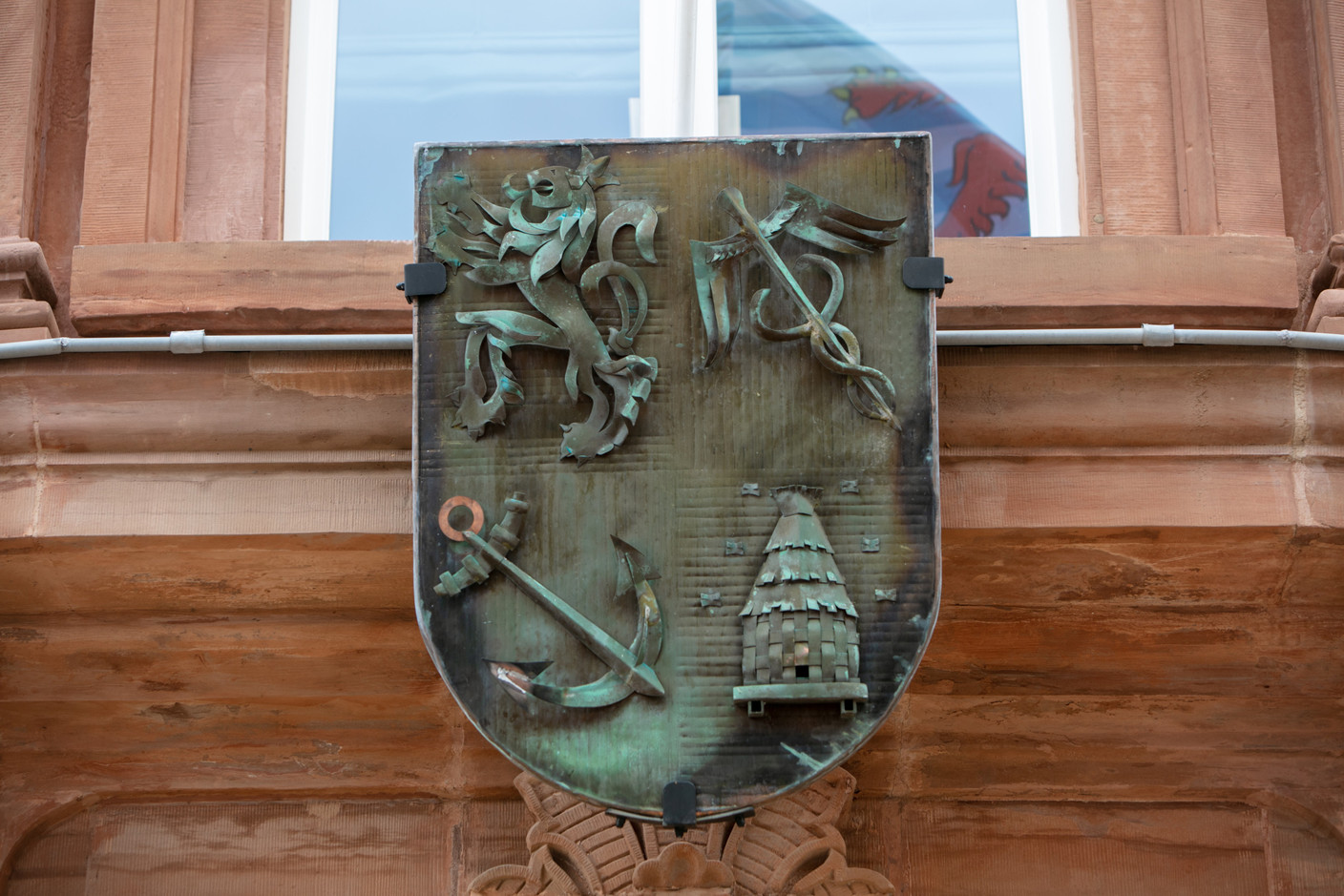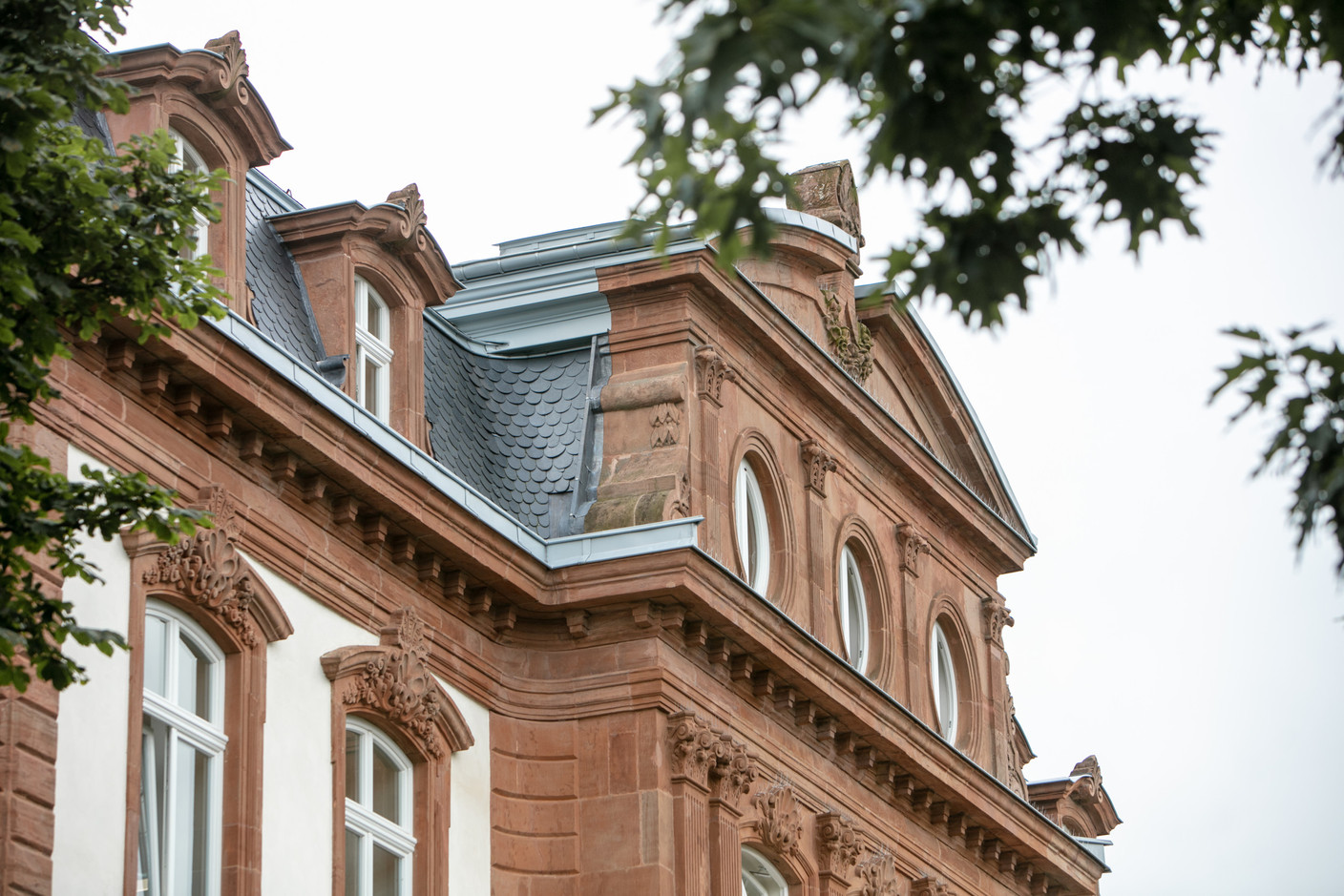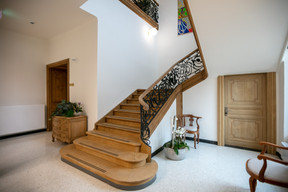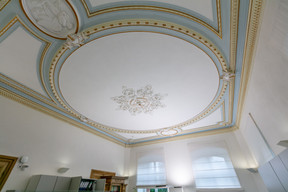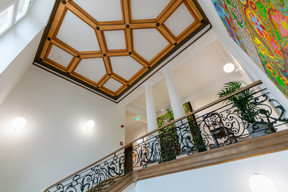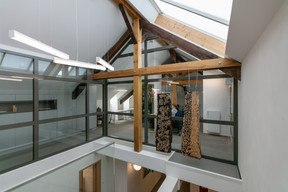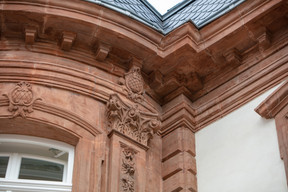Located in Luxembourg’s north, Wiltz once was home to a thriving tannery trade. With its roots dating back to the 16th century, by 1868 there were 28 tanneries in the commune. The two biggest tanneries--Ideal and Lambert--together employed around 1,500 people in their heyday.
Back in 1880, Eugène Thilges--a leading leather merchant--built a sprawling villa with the profits of the trade. Something of a local magnate, Thilges also owned a hotel in the town, parts of Wiltz’s castle and other properties. He would go on to serve as mayor from 1925 until his death in 1934.
At the end of the First World War in 1918 and with German troops on the retreat, the villa housed a French general. During WW2, the building suffered significant damage to its roof and exterior as the region became embroiled in the Battle of the Bulge during the liberation of Europe from its Nazi occupiers by Allied troops.
In 1963, the commune bought the villa for 7m francs to use it as the new city hall. In 1965, the registrar’s office moved in, followed by other services. Renovation works launched in 2016 took several unexpected turns.
Asbestos and woodworm
The commune initially planned to spend €800,000 to reorganise office spaces, make the building accessible for people with reduced mobility and carry out some touch-ups. The following year, in 2017, it added a whopping €5m to the project.
During the works launched in 2016, asbestos was discovered, requiring the entire administration to move out. In addition, woodworm had damaged beams, compromising the villa’s stability. The roof was also unsound and had to be dismantled and put together again.
Thus began a complete overhaul to protect the building, conserve its historic character but also make it fit for the needs of Wiltz’s residents.
“The Villa Thilges belongs to the historic and architectural heritage of the city of Wiltz,” a spokesperson told Delano. “It is reminiscent of the era of the leather industry, which shaped the city for decades.”
Working office
Giving up the building for a purpose-built new construction simply wasn’t an option for the commune. “The construction of a new town hall in another location would certainly have been faster and easier to implement,” mayor Fränk Arndt said during the inauguration on 2 July. “But we would have had to do some renovation work on Villa Thilges in any case, as the building has significant architectural and historical value for Wiltz. It would have been a shame to leave this remarkable building unoccupied.”
Works that involved 41 artisan businesses have restored the villa to its former glory, conserving historic features like wooden and stucco ceilings. Classified as a national monument in 2017, the refurbishment was coordinated with the Luxembourg monuments’ service. The exterior was cleaned and a new window added to the roof to allow the attic floor to be converted into office space, adding 350m2 of floor space.
New features were also, added, however, such as indoor vertical gardens in some of the offices to improve air quality and the working environment for employees. The final budget amounted to €7.1m
While the villa is normally frequented mostly by local residents for their various administrative errands, the building is set to feature in this year’s line-up of the , from 24 September to 3 October. The full programme is yet to be announced.
And if you fancy to see more of the Thilges family’s stamp on the town, take a look just a few doors down. The Karlshausen building, located at 18 Grand-Rue was also built by the family in 1769. In later years, the family Simon--of the eponymous brewery--and the family Bohler--like the clinic--lived at the address.
